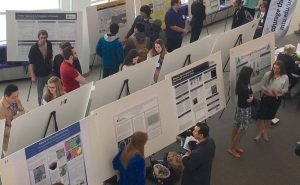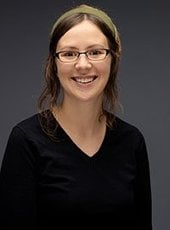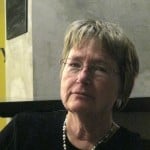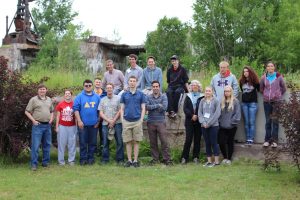
Richelle Winkler co-authored a research brief, Moving to Diversity, with Kenneth Johnson from the University of New Hamphire. Using new data and techniques, they find that net migration between counties increased racial diversity in each of the last two decades. The full report can be found here: https://carsey.unh.edu/publication/moving-diversity.







